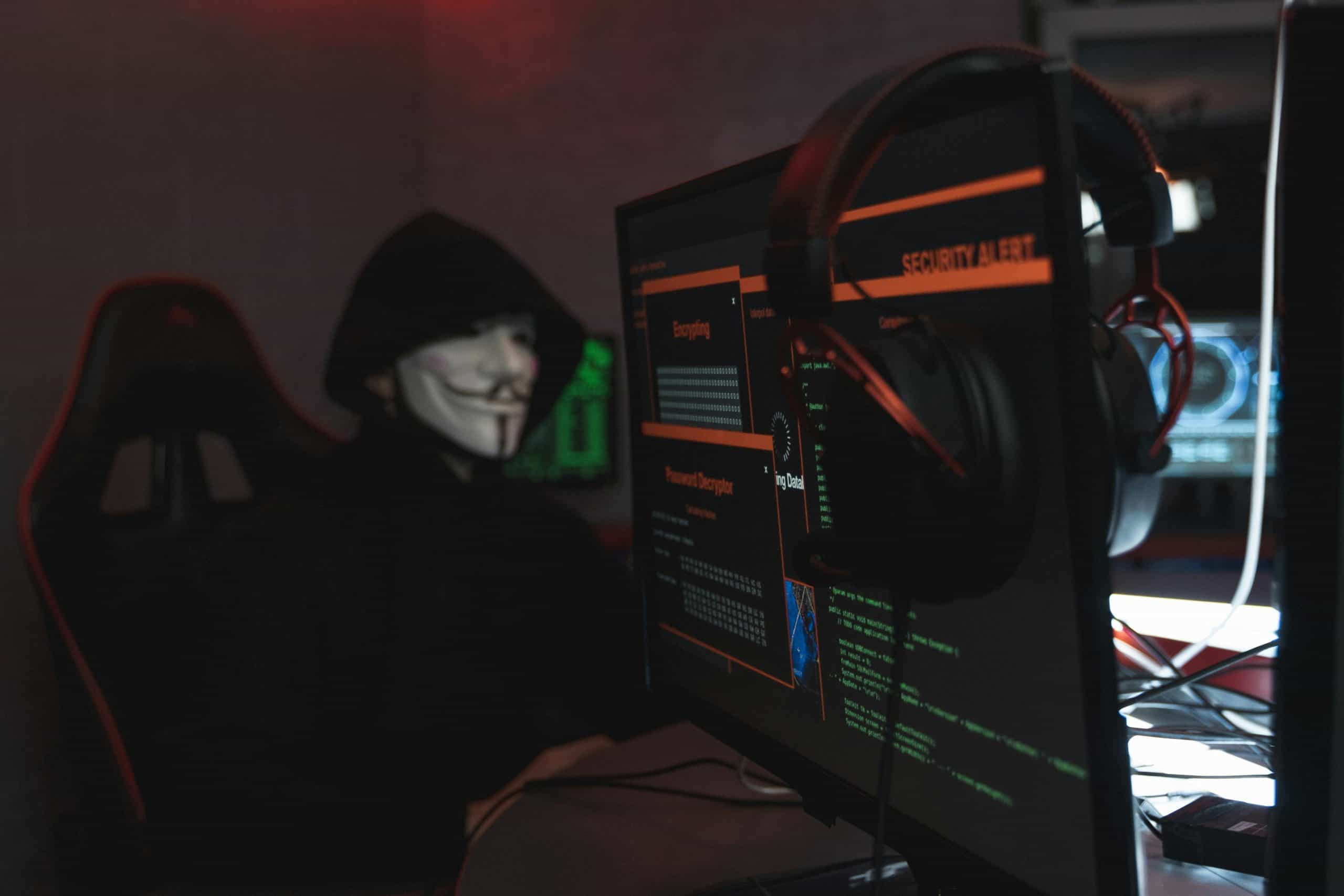Cyber threats are evolving faster than ever. But as awareness of ‘classic’ tactics such as phishing increases, so threats evolve and diversify. Understanding the full width of tactics is the first step to safeguarding against them.
Below we cover the new generation of cyber threats and how you can defend against them
Email Phishing: The Classic Tactic Still Going Strong
Email phishing remains one of the most widespread forms of cyberattack. Fraudsters send emails that appear to come from trusted sources, often tricking recipients into clicking malicious links or downloading dangerous attachments. The goal is typically to steal login credentials, financial information, or personal data.
Despite being a well-known threat, email phishing continues to claim victims due to the increasingly convincing nature of the attacks. Thankfully, effective cyber security training can go a long way to recognising and preventing these threats.
Spear Phishing: Precision-Targeted Deception
Spear phishing takes email phishing to the next level by targeting specific individuals or organisations. Cybercriminals invest time researching their victims to make the fraudulent messages highly personalised. This added credibility makes the scam harder to detect, especially for those in leadership roles.
A variation of this, known as “whaling,” specifically targets high-profile executives, with attackers hoping to gain access to sensitive corporate information or financial systems.
Given the targeted nature of spear phishing, its success rate can be alarmingly high. Awareness training can help prevent this, but solutions such as MFA can also be beneficial for preventing business email compromise (a common by-product of advanced phishing tactics).
Smishing: The Rise of SMS Phishing
As mobile device usage has grown, so too has the threat of smishing. Smishing uses text messages to deceive users into clicking harmful links or sharing personal information. With people often trusting SMS messages more than emails, this form of attack has proven to be highly effective.
The increasing use of mobile banking and other sensitive transactions on smartphones has made smishing an attractive tactic for cybercriminals.
Education is the best defence against such attacks. However, as smishing typically targets personal mobile phone numbers, mobile device management solutions can help keep business data away from potential viruses or threats.
Vishing: The Voice of Cybercrime
Vishing, or voice phishing, involves attackers using phone calls to impersonate legitimate institutions, such as banks or government bodies. These attackers create a sense of urgency, pressuring victims into revealing sensitive information over the phone.
Vishing is particularly effective because many people are less suspicious of a phone call compared to an email or text message. The emotional manipulation involved often leads to hasty decisions, increasing the success rate of the attack.
The best defence against such tactics is a healthy degree of scepticism: demand proof, offer to call back on a main number or require a secondary form of confirmation.
Clone Phishing: A Subtle Deception
Clone phishing is an insidious method where attackers replicate a legitimate email that a recipient has already received. The only difference is that the malicious version contains altered links or attachments. Because the original email was genuine, the recipient is less likely to be suspicious of the clone.
This method is highly effective in tricking even the most cautious employees, making it a serious threat to businesses.
Effective antivirus or email filtering can typically spot such examples, but training around email best practices also helps.
Quishing: The QR Code Conundrum
Quishing, or QR code phishing, is a newer but rapidly growing form of attack. With the rise of contactless services, QR codes have become common, making them an attractive tool for cybercriminals.
In quishing attacks, malicious QR codes are embedded in emails, texts, or even physical flyers. When scanned, they direct users to fraudulent websites designed to steal personal information or infect devices with malware.
As businesses continue to adopt QR codes for marketing and service delivery, awareness of this threat becomes increasingly important. Vigilance and common sense are key defenced, but mobile device management services can also be of benefit in keeping business data separate from camera apps that are required for quishing attacks.
The Importance of Cyber Security Training For Staff
With phishing threats diversifying, the need for comprehensive cyber security training is more urgent than ever. Employees remain the first line of defence in any organisation, and with attackers increasingly targeting individuals, awareness and vigilance are critical.
While cyber security training specifically helps employees recognise the warning signs of phishing, spear phishing and internet-based threats, the mindset can also help them become more wary of other attack vectors.
By equipping staff with the knowledge and tools to stay ahead of evolving phishing tactics, businesses can reduce their vulnerability to attack and safeguard their data and operations.
To discuss cyber security training for your employees, please get in touch:
Contact Us



